From Bombay (1995) to Nayakan (1987), here are the best Mani Ratnam movies, ranked.
Indian director Mani Ratnam is popularly referred to as a ‘popcorn auteur’. His framing techniques (especially his love for chiaroscuro lighting), robust screenplays, and depiction of emotions are a wonder to behold. Yet, his core subjects linger within the commercial domain. Of course, he weaves fine art out of mainstream themes. Mani Ratnam isn’t my favorite Indian filmmaker, but I admire his spirit of walking the tightrope between art and entertainment. Neither am I a big fan of his pan-Indian films like Bombay, Roja, Raavan, etc. I find it rather hard to accept his ‘politics as a spectacle’ approach. However, nobody handles emotional conflict on screen quite like Mani Ratnam.
Ratnam graduated with a business management degree. His father was a film distributor. Naturally, he grew up watching a lot of cinema. After finishing his MBA, he worked as a management consultant. Unhappy in his job, Ratnam participated in the making of a Kannada film. That’s where his idea of becoming a director developed.
Mani Ratnam didn’t start off assisting other directors. He just got together with passionate friends, grappled with ideas for a script, and eventually created a brilliant style on his own. Two years after his debut venture (Pallavi Anu Pallavi, 1983), he went on to revolutionize the Tamil film industry. No one could vividly realize the subtle emotions and wicked wit of Tamil urbanites like Mani Ratnam. His other admirable, vital quality is the way he drenches his characters in shades of grey.
Quickly then, here’s my ranking of the 10 best Mani Ratnam films:
Mani Ratnam Movies, Ranked
10. Bombay (1995)
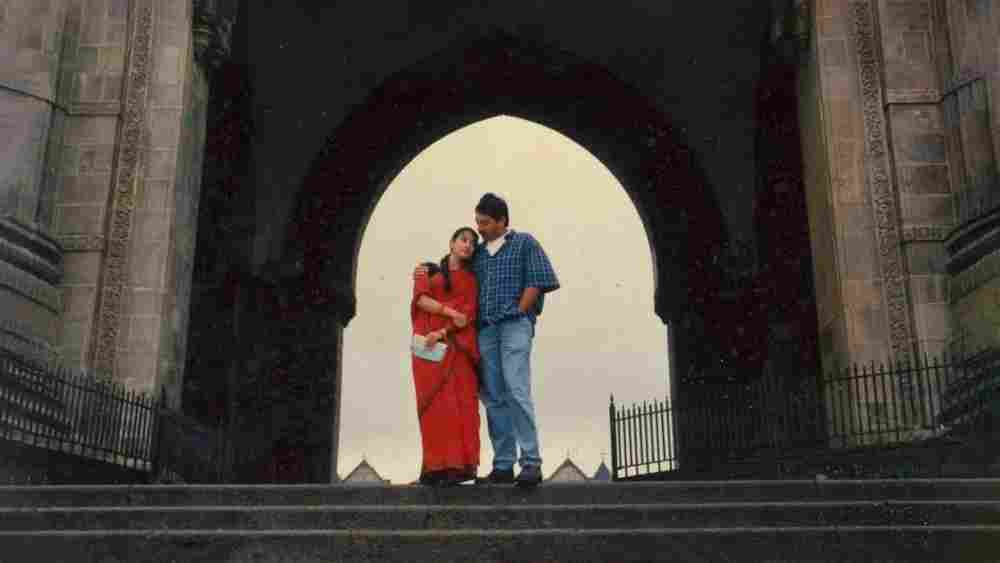
Bombay is a fairly convincing indictment of communal hatred in post-independent India. The first half captures the romance between Shekhar (Arvind Swamy) and Shaila Banu (Manisha Koirala), set in rural Tamil Nadu. The two elope and settle in Mumbai after facing strong disapproval from their orthodox families. When a possibility for peace between religiously different families arrives, the first wave of Hindu-Muslim riots hit the city. The riots are triggered by fascist elements in the Maharashtra state (after the demolition of Babri Masjid).
Mani Ratnam brilliantly captured the full range of human emotions. Despite the emotionally appealing nature of the film, there were a few undermining elements, like the climax and the understated portrayal of Hindu hegemony.
9. Roja (1992)

Mani Ratnam loves to do a contemporary redesign of Hindu mythological stories. In Roja, he takes Satyavn and Savitri’s story, mixing it with real-life incidents. For good or bad, Roja was an important film in Ratnam’s filmmaking career. The superbly realized individual conflicts in his previous films were now replaced with ‘individual vs the giant political system’ conflicts.
Apart from Arvind Swamy and Madhubala’s great central performances, Pankaj Kapur stole every scene he was in. His performance as the jihadist militant rises above the constrained characterization. Roja, once again, is a very emotionally appealing film to mass audiences. Yet, its portrayal of Kashmir militants and a blunt showcase of patriotism were problematic.
The film also marked the great music director A.R. Rahman’s debut. The music and the emotionally aching visualization of the songs are the highlights of the film.
8. Mouna Ragam (1986)
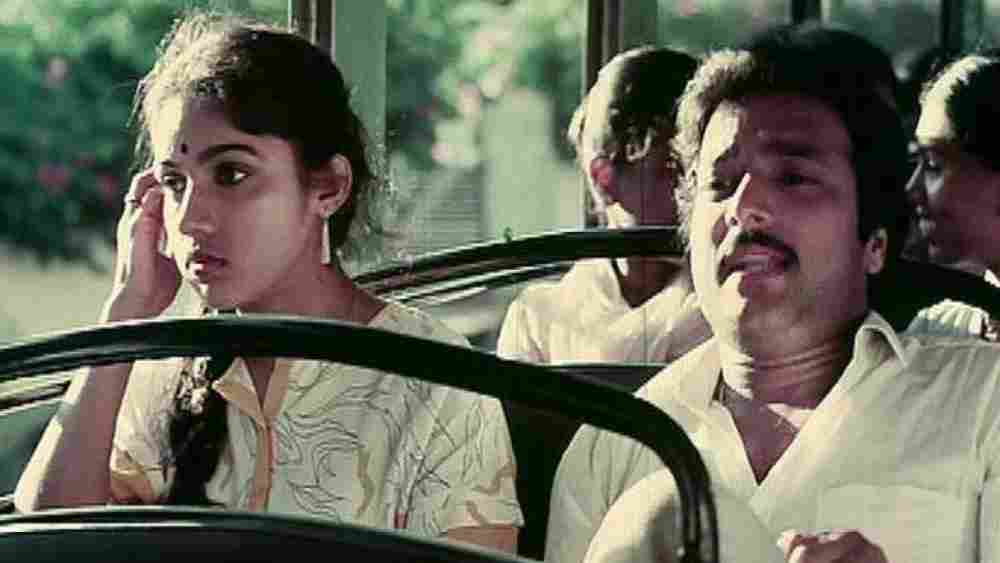
Mouna Ragam (aka Silent Symphony) signaled the arrival of a distinct Tamil film director of the 80s. Many of the character traits we saw in Mani Ratnam’s later films began with this film. The humane, soft-spoken protagonist Mohan, and part-rebellious, part-obedient heroine Revathy can be found in the director’s subsequent films. Ratnam’s unique brand of playfulness was established through actor Karthik’s cameo.
Mouna Ragam tries to explore complex emotions in a troubled arranged marriage. The initial portions beautifully reflect the uneasy, awkward feelings between two complete strangers. The film does have its share of sentimentality. It also stays within conservative boundaries to satisfy the family audience. Yet, his depictions of tender emotions are perfect.
7. Anjali (1990)
Anjali derives the narrative threads from the novel To Kill a Mocking Bird and is shaped into a brilliant melodrama. Raghuvaran and Prabhu’s characters are perfect Indianized versions of Atticus Finch and Boo Radley. The brother-sister relationship between Jem and Scout is also effectively portrayed in the Tamil urban atmosphere.
Mani Ratnam brings in the subject of discrimination against children with special needs to replace the novel’s racial hatred theme. E. T. references could be found in Anjali’s characterization. There are quite a lot of unabashedly sentimental moments.
Nevertheless, Illayaraja’s music and the precocious child actors turn this into a memorable film. The final scene still has the emotional power to break us into tears.
6. Dil Se (1998)
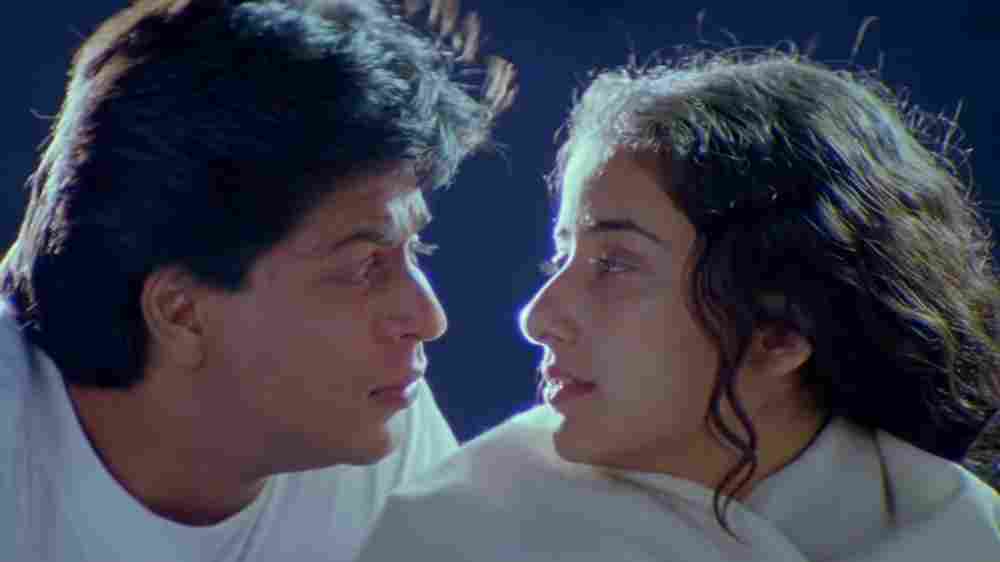
Dil Se (Tamil film: Uyire) was the better one among Mani Ratnam’s unofficial ‘terrorism’ (or political) trilogy. The usual simplification of the sociopolitical backdrop wasn’t so bothersome in Dil Se.
It’s a great love story at heart with career-best performances from Shahrukh Khan and Manisha Koirala. As Amar, Shah Rukh Khan gives a layered performance, transforming from a carefree youngster to a desperate adult. There’s a scene when Manisha tries to cry but her frozen emotional state doesn’t bring out the tears. Such endearing moments prove why she is one of the best actresses in Indian cinema.
Visually, Dil Se is among Ratnam’s top three films. Santosh Sivan’s majestic portrayal of Ladakh will stay forever in our minds.
5. Kannathil Muthamittal aka A Peck on the Cheek (2002)
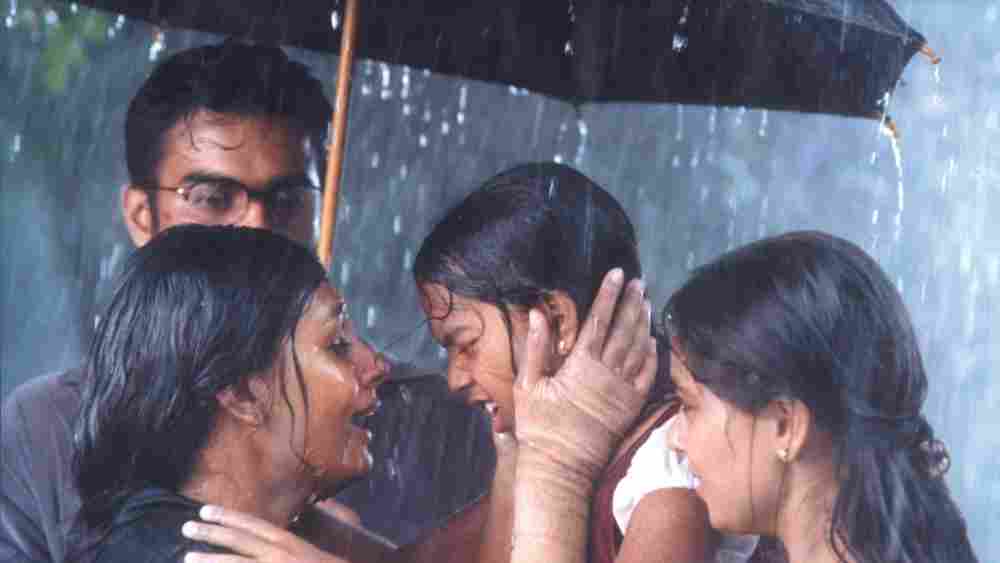
Amudha, on her 9th birthday, learns that she is adopted. Her biological mother, a Srilankan Tamil refugee, has returned to her people in Sri Lanka. On Amudha’s insistence, the adopted parents make a trip into the escalating war zones of Sri Lanka. Unlike Mani Ratnam’s previous issue-based films, the central conflict of Amudha is intricately realized. Moreover, the humane perspective organically flows, unlike the contrived nature of Bombay and Roja.
There’s a strong emotional scene in the second half. Madhavan’s writer character recites a Tamil poem as he is dragged by the Tamil rebels to confirm his identity. One of the verses goes:
“One day our eyebrows will arch. Our closed eyes will open again. Our puckered lips will throb and our clenched teeth grind. Rule over us until then. Flaunt your power over us.”
It’s a tear-inducing poem, not just for the persecuted Sri Lankan Tamils, but for persecuted people around the world.
4. Alai Payuthey (2000)
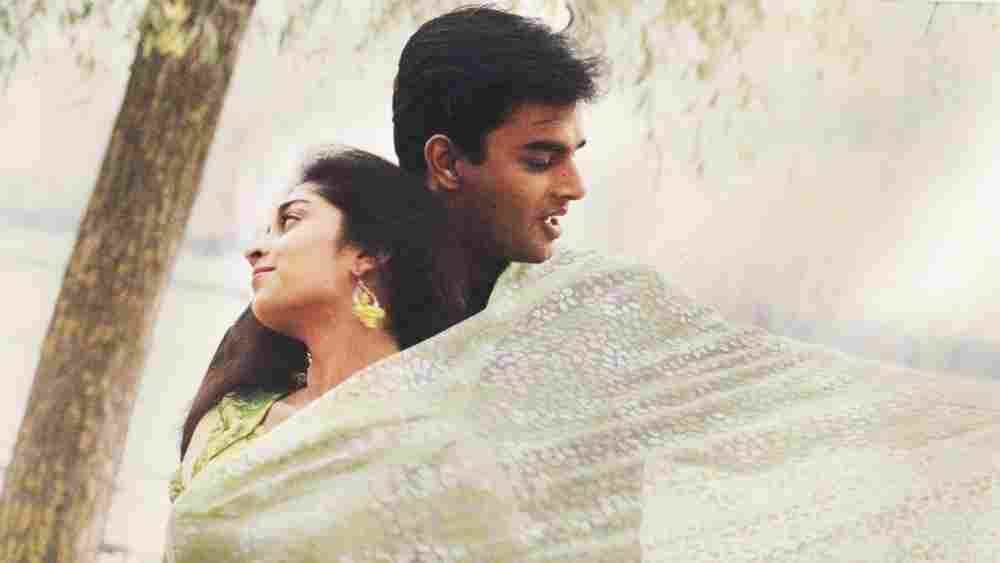
Alai Payuthey is a great deconstruction of the Indian romance genre. It starts off like another feel-good love story of an urban boy and a girl. But, Mani Ratnam astoundingly peels the layers of their love until the overly sentimental climax. The film proves why he is a master when it comes to realizing intimate as well as muted emotions. The onscreen pair – Madhavan (his debut) and Shalini – are outstanding.
No other director can render perfect visuals to A.R. Rahman’s songs. Alai Payuthey‘s intoxicating songs show you why. The film gives a subtle, much-needed message about marriage and relationships. Ratnam’s OK Kanmani (2015) could work as a good companion piece (although its scope was limited) to this one.
In 2002, Ratnam’s ex-assistant Shaadi Ali remade the film in Hindi as Saathiya.
3. Thalapathi (1991)
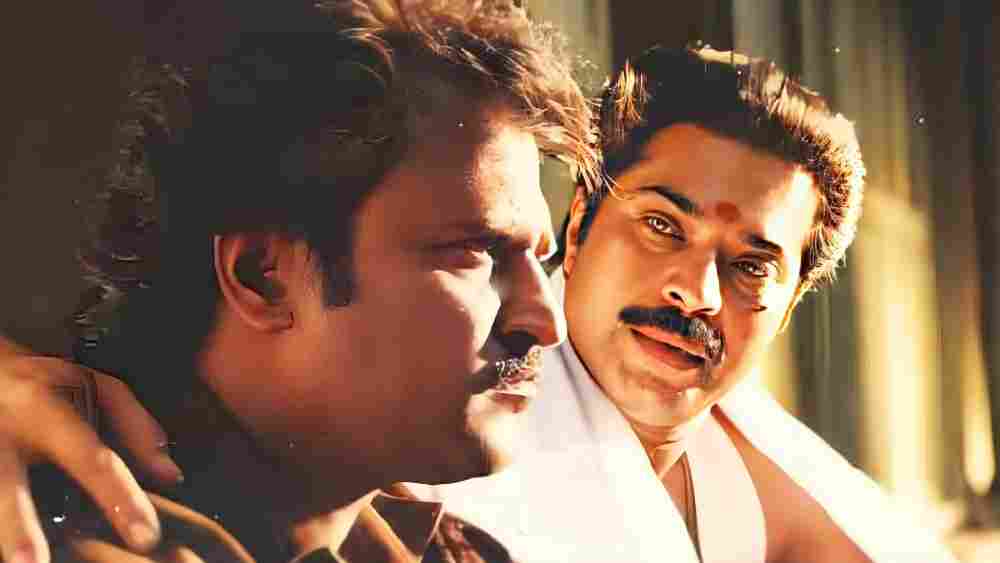
Rajinikanth plays Surya (son of Sun god aka Karna) in this modern interpretation of the Indian epic Mahabharata. Mammooty, as usual, brilliantly underplays Devaraj (Duryodhan). Arvind Swamy made his debut in the supporting role of Arjun (Arjuna). Narrative-wise, Thalapathi plays out like a familiar gangster-policemen story.
Nevertheless, watch this one for its aesthetic style (courtesy of DoP Santosh Sivan) and power-packed moments. Everything from the shot composition to the explosive dialogues to Illayaraja’s heartrending music creates an unforgettable experience. Before fully immersing himself in larger-than-life, over-hyped roles, Rajini gave one of his best performances in this one. Mani Ratnam weaves great heroic moments (especially the collector-office scene) without compromising Rajini’s understated performance.
2. Iruvar (1997)

Iruvar (aka The Duo) is a tale of friendship and love, set under Tamil Nadu’s Dravidian political backdrop. Unlike Bombay or Roja, Iruvar caused a huge controversy in Tamil Nadu. There are several anecdotal references to friendship/rivalry between Tamil Nadu’s two influential politicians – M.G.R. and Karunanidhi. The censors cut down a lot of alleged controversial dialogues. The final cut didn’t look as powerful as Mani Ratnam wanted it to be. Those who aren’t aware of these giant politicians couldn’t follow many of the muted or cut underlying elements.
Yet, Iruvar happens to be rare. And the finest Indian film to explore the long-lasting relationship between cinema and politics in Tamil Nadu. Aishwarya Rai Bachchan made her debut as Kalpana. The character was apparently based on late chief minister Jayalalitha.
The film finely illustrates the intense interactions and speeches that shaped the rivalry between the two political leaders. No words can describe Mohan Lal and Prakash Raj’s excellent acting range. In a scene towards the end, Chief Minister Anandan (Mohan Lal) meets opposition leader Tamilchelvan (Prakash Raj). It’s a marriage function and the two leaders sit side by side. With the help of Santosh Sivan’s cinematography and A.R. Rahman’s music, Mani Ratnam spectacularly dwells on their inscrutable emotions.
Tamilchelvan’s thunderous poetry recital, in the end, is another memorable scene.
1. Nayakan (1987)
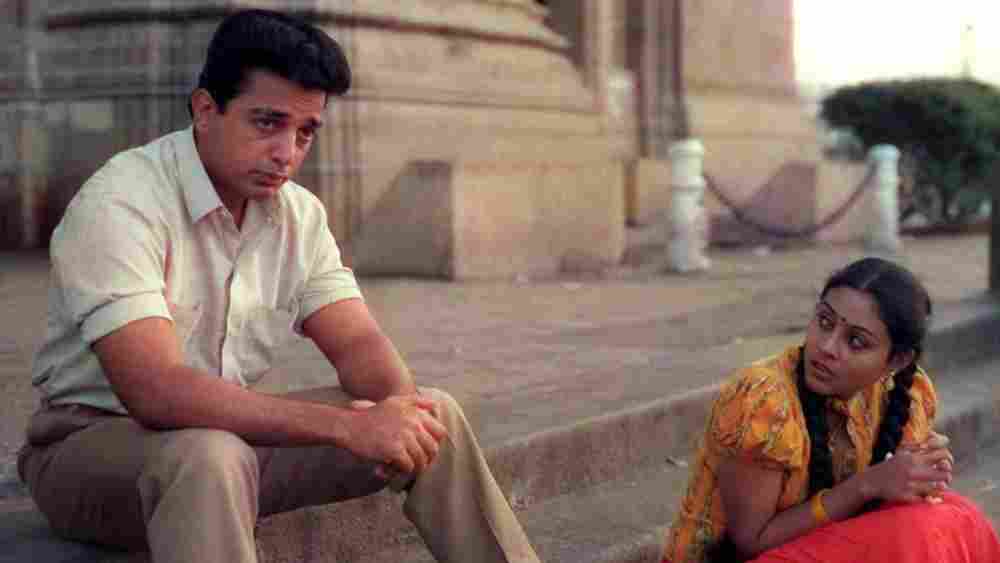
The gangster epic — inspired by Mario Puzo’s Godfather — brought together three greats of Indian cinema. Kamal Haasan, Illayaraja and Mani Ratnam. It’s the story of a downtrodden young, rebellious guy becoming a savior of fellow downtrodden people. The film is partly based on real-life Tamil gangster Varadarajan Mudaliar. The nuance Kamal Haasan brings to the central role (Velu Naicker) is up there with Brando’s Corleone. While Mani Ratnam had creative freedom in Mouna Raagam, it was only in Nayakan that he fully developed his directorial voice. His penchant for sharp angles, light, darkness, and sweeping set-ups was well established here.
This was the second collaboration between P.C. Sreeram and Mani Ratnam. Both were at an early phase of their career. It was with Nayakan that they started their journey of capturing a slice of life with all its layered features. There are a few dated and mediocre elements in the film. But, Nayakan was much ahead of and different from the films of its time.
Conclusion
There we are! Ratnam’s films are known for their powerful social commentary, nuanced character portrayals, and gripping storylines that seamlessly blend art and entertainment. The visionary filmmaker has captivated audiences for decades with his unparalleled storytelling and visual mastery. With a career spanning over four decades, Ratnam has carved a niche for himself as one of the most influential directors in the industry today. What are your favorite Mani Ratnam films? Let’s talk in the comments below.

I give the first rank to Iruvar
who is the writer of this article?
Mani Ratnam and his movies are can’t be separated. each and every movie has a separate fan base poetry way of telling the story and each frame looks like a painting.
Mani Ratnam is a genius behind the camera, a storyteller who blends commercial appeal with profound storytelling. His films explore complex human emotions in an intricate way… rarely seen on screen.